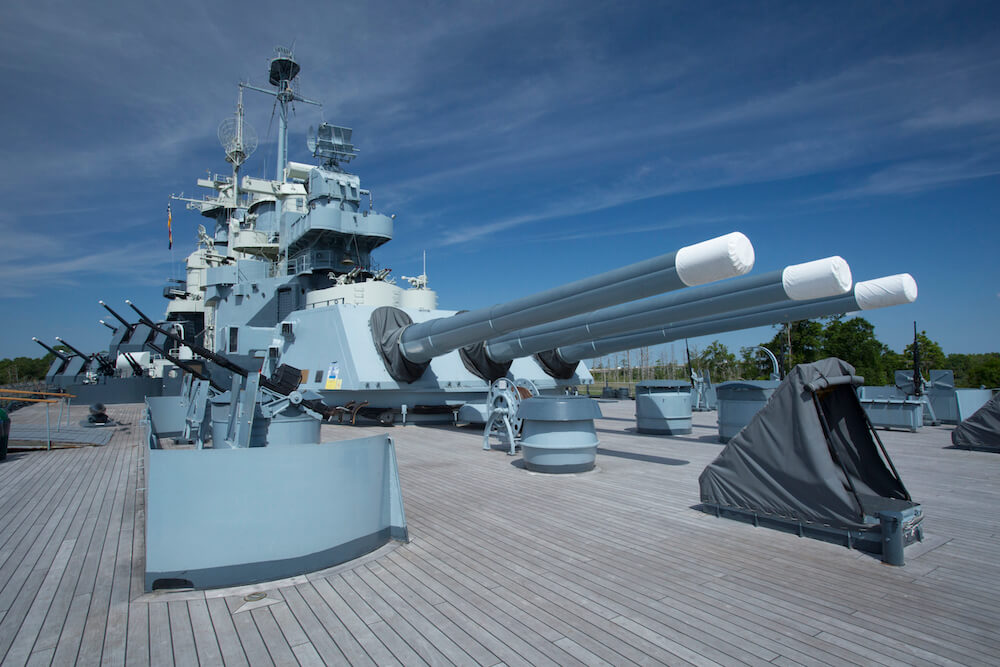WILMINGTON, N.C. — Thanks to the dedication and talent of many volunteers, a new area on the Battleship NORTH CAROLINA is open daily to visitors. The Cold Storage compartments are the first new spaces added to the tour route in decades. Special recognition goes to volunteers Richard Johnson, who led the restoration efforts, and Leo Spencer, designer and fabricator, for their work to prepare the spaces.

The ship had seven refrigerated compartments on the third deck for fresh meat, fruits and vegetables, and butter and eggs. Supplies were hauled twice daily to the ship’s kitchens, butcher and bake shops. Although the USS NORTH CAROLINA (BB-55) could store 200,000 pounds of fresh food, supplies were depleted after 90-120 days at sea feeding 2,000 young men. Daily trips into cold storage brought welcome relief to sailors in the hot South Pacific, while a gong pull in each compartment guaranteed they were not locked inside. Visitors also see into the ice machine room with its original equipment. Large blocks of ice were used in the kitchens to keep prepared ingredients fresh for the next day’s meals.

Credit: Battleship NORTH CAROLINA
“The Battleship is host to more than 200,000 visitors each year, and food is a topic that everyone can relate to,” said Mary Ames Booker, staff curator. “Over the past several years volunteers also have made changes in the main galley (kitchen), butcher and bake shops, and the vegetable preparation room to enhance our presentation of daily life aboard the Battleship.”
The Battleship NORTH CAROLINA is self-supporting, not tax supported, and relies primarily on admissions to tour the Ship, sales in the Ship’s Store, rentals, donations and investments. No funds for its administration and operation come from appropriations from governmental entities at the local, state or federal levels.











